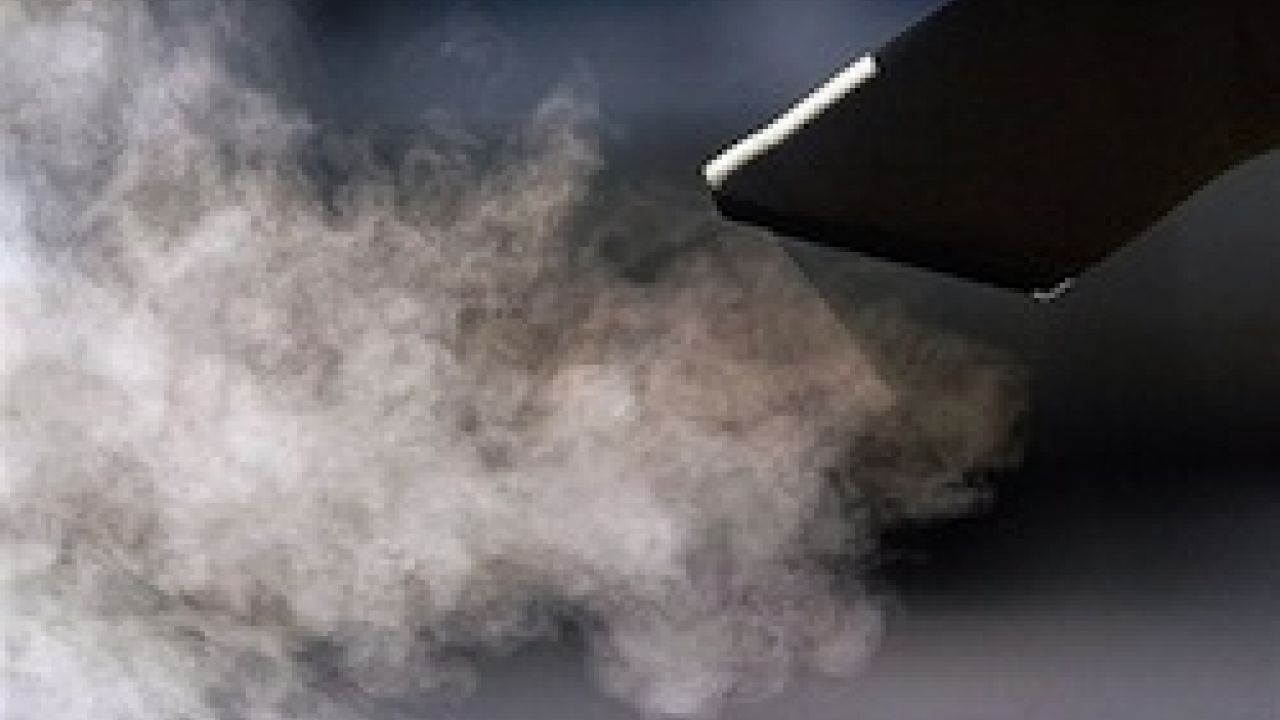
On several counts, a recent Rochester Institute of Technology study ( March 29) hailed by the corn ethanol lobby falls short of bringing reliable science to the ethanol blend debate. With a glut of ethanol on their hands, the ethanol industry hopes to increase the amount of ethanol allowed in gasoline by 50 percent. It has petitioned the Environmental Protection Agency (EPA) for a waiver to allow the blend increase. The EPA’s decision hinges on whether tests indicate that blends containing more than 10 percent ethanol (so called E10) will be safe for America’s auto fleet.
So when a study like RIT’s comes out that appears to find that an ethanol blend of up to 20 percent “reduces the tail pipe emissions of hydrocarbons and carbon monoxide, compared with traditional gasoline or E10 blends,” and finds “no measurable impact to vehicle drivability or maintenance in conventional internal combustion engines,” it’s understandable that an increasingly desperate ethanol industry would seize on the findings.
However, Environmental Working Group senior scientist Olga Naidenko PhD found serious flaws with the RIT researchers’ methodology and findings. Dr. Naidenko authored a report last summer that looked at the impact that increased ethanol blends would have on engine performance and tailpipe emissions.
According to Dr. Naidenko, these are the flaws in the RIT researchers’ work:
- Only 10 cars/trucks were tested. There was no testing of small and marine engines, so the widespread concern over the effects of ethanol blends on those engines remains unaddressed.
- The vehicles were run on E20 for just 2,400-to-11,000 miles each, so there is no way to draw conclusions about “full useful lifetime” impact on those engines. In the study abstract, the authors say rather disingenuously that “the fleet has operated a total of more than 100,000 miles on E20.” The problem is that they added up the mileage driven by all 10 of the vehicles, rather than testing even one vehicle that actually drove that many miles.
- The study did not test exhaust temperature, which has been reported by a Department of Energy study to be elevated in engines running on E15 and E20. Higher engine exhaust temperature has a significant potential to burn out catalytic converters faster (as well as to affect the stability of the materials used to make the engines). But amazingly, the study did not measure temperature. Why not? RIT ran many other tests – how hard could it have been to add a temperature probe?
- The RIT researchers focused only on regulated pollutants. This is understandable, since they are trying to work around the requirements in the Clean Air Act waiver. But it is already known from multiple previous studies that the emissions profile of E15 and E20 is different from gasoline’s. For example, emissions of carcinogens and the ozone-forming pollutants acetaldehyde and formaldehyde are known to be elevated with higher ethanol. The study did not measure these emissions.
- A final point: In the abstract, the authors report that “driver comments were strongly positive,” but the study did not include any data on fuel economy. It must have seriously dropped. We know this from a Department of Energy study that shows E15 has 5% less energy than gasoline and E20 7.7% less energy. The drivers probably needed to refuel more often, but the study does not even mention this.


